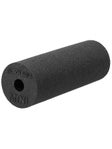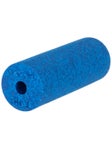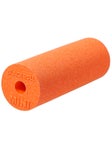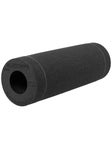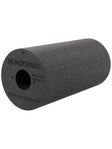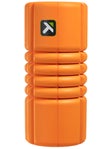How Foam Rolling Works
How to Make the Most of SMR and the Science Behind How It Works
You have most likely heard that foam rolling is an effective way to promote recovery. You may even be an avid foam roller yourself, diligently rolling out on rest days or after your daily run. In this article, we'll explain the science behind how foam rolling helps prevent injury and speed up recovery, as well as how best to apply these principles to your recovery routine.
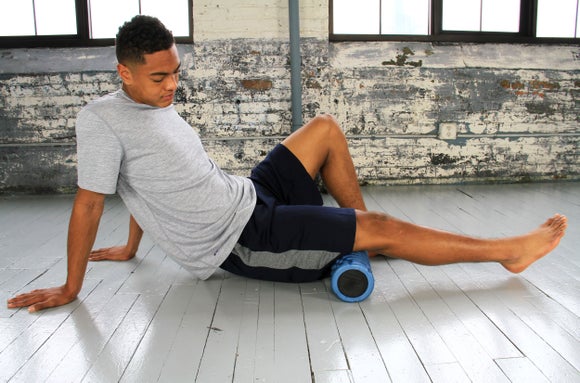
The Goal
All of your muscles are surrounded and covered by dense, tough connective tissue called fascia. The function of this is to enclose, support, and separate your muscles. When everything is functioning properly, fascia helps reduce muscle friction and enhance smooth movements. Having happy fascia is the goal of foam rolling.
However, sometimes we develop dysfunctional areas of fascia, which we commonly refer to as knots or ropes. This is slightly misleading, as there are not actually knots or ropes in your muscles. These areas are misaligned tissue caused by trauma, injury, poor posture, or repetitive motor patterns (like running, which disproportionally strengthens certain muscles relative to others).
When you foam roll, you are using a technique called Self-Myofascial Release (SMR), which is a way to restore motion and function to the fascia. Releasing tissues through SMR is a way to “push the reset button,” allowing for more efficient movement patterns in the future.
The Benefits
SMR techniques including using a foam roller, massage ball, or handheld roller, can lead to a variety of benefits, including:
- Improved flexibility
- Improved muscle recovery
- Better movement efficiency
- Inhibition of overactive muscles
- Less pain, including muscle soreness (SMR won't lessen the feeling of soreness, but it has been shown to reduce the duration of muscle soreness)
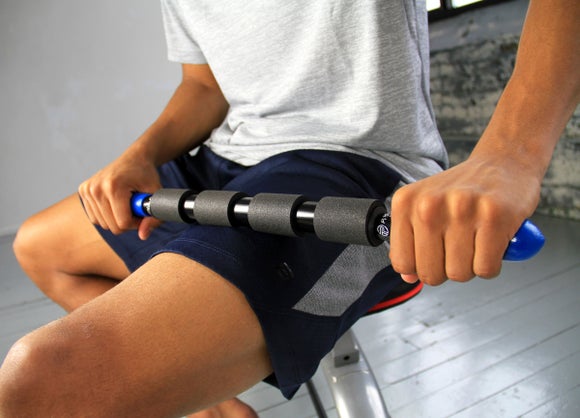
The Effects
Fascia is part of an integrated system in your body referred to as the "kinetic chain." This also includes other soft tissue like muscles, tendons, and ligaments, as well as joints and the nervous system. Every link in the kinetic chain is connected and impacts each other, so if one part is not operating efficiently, then the other parts try to compensate, leading to tissue overload, fatigue, and more faulty movement patterns.
This means that if you have areas of dysfunctional fascia, other parts of your kinetic chain will work to compensate. Since working overtime to compensate is not what your body is meant to be doing, these patterns of compensation will lead to even more problems, such as inflammation and the development of adhesions in the soft tissue. SMR works to break this cycle of compensation and injury and restore wellness to the entire system.
The Physiology
Your muscles contain spindles, which sense changes in the length of the tissue. When a muscle lengthens or relaxes, the spindles create a reflex telling the muscle to contract. This happens to protect your muscles so that they don't stretch too far and get injured. Other sensory receptors called Golgi Tendon Organs (GTOs) have the opposite effect. When the muscle shortens or contracts, they tell it to relax.
These two sensory receptors work to create a balance, keeping the muscles from becoming either too tense or too relaxed. If the muscle becomes too relaxed, the spindles cause it to contract. If it becomes overly contracted, the GTOs cause it to relax.
If, however, the tension in the muscle lasts for long enough and is at a high enough intensity, the GTOs overpower the muscle spindles. This allows the muscle to relax more than usual without injury, which is the principal behind SMR. When you foam roll, you are applying sustained, high-intensity pressure that allows muscles to stretch, relax, and “unknot.”
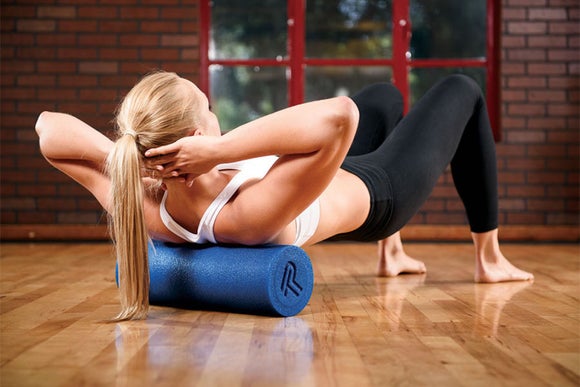
The How-To
Because it’s a sustained pressure that causes the muscles to relax, simply rolling back and forth on the foam roller really isn’t doing what you want it to. Instead, you should slowly roll along an area until you find the most tender spot. This is what's referred to as a “trigger point.” You need to hold the pressure on that spot for at least 30 seconds, which is probably going to feel like a long time, but hang in there. After about 30 seconds, you should start to feel the discomfort reduce.
Many areas of the body can benefit from foam rolling, but below we've outlined three that are especially useful for runners to begin with. Check out our article about how to properly foam roll for more details.
Quads
Start with one quad on a roller just above your knee and slowly work your way up to the top of your thigh, keeping your knee slightly bent. You can roll the inside, middle, and outside portion of the muscle, moving slowly and pausing at any tender spot.
As you roll, try to think of core stability as well. Think of drawing in your navel and keeping a flat back. Support your body over the roller with your arms and free leg.
Hamstrings
Sit on the floor with your legs straight and a foam roller under your thighs. You can do both hamstrings at the same time, but we recommend one at a time so that you can isolate tender spots specific to each leg.
Place your hands on the floor on either side of your butt. Lift your butt and walk your hands to roll the entire length of your hamstring. Move slowly, stopping at any trigger point.
Glutes
Sit with your glute on the foam roller. Like the quads and hamstrings, it is best to focus on one side of your body at a time.
You can keep your leg straight out in front of you or cross your ankle over the opposite knee. Slowly roll over your glute, focusing on tender areas.
The How-Not-To
As mentioned above, there are many areas of the body that can benefit from foam rolling. One area that should NOT be foam rolled, however, is the IT band.
Many runners experience issues with their IT bands, so it’s tempting to get down to business with the foam roller and roll away. Don’t do it. The IT band is not a muscle, it’s a tendon (hence the name iliotibial band). As it's not a muscle, the IT band does not behave like a muscle. It does not contract or lengthen, and therefore can't relax in the same way a muscle does. Foam rolling the IT band will not provide the benefits you expect, and may actually do more harm than good.
The IT band works to transfer forces of the attached muscles. So, instead of rolling directly on the IT band, it's more beneficial to work the muscles surrounding it. Rolling the quads, hamstrings, and glutes will help ensure these muscles are functioning optimally and the IT band doesn’t have to help compensate, which can lead it to become overworked and inflamed.
The Big Picture
Remember that your goal is to correct fascial dysfunction and break the cycle of compensation and injury. Be patient with your foam rolling. Correcting fascial dysfunction takes time and is not something that you can work out in one five-minute session with a foam roller. Be diligent, and make time in your routine for consistent practice.
